 RF power amplifiers
RF power amplifiers

 RF power amplifiers
RF power amplifiers

 This page is under perpetual construction
This page is under perpetual construction
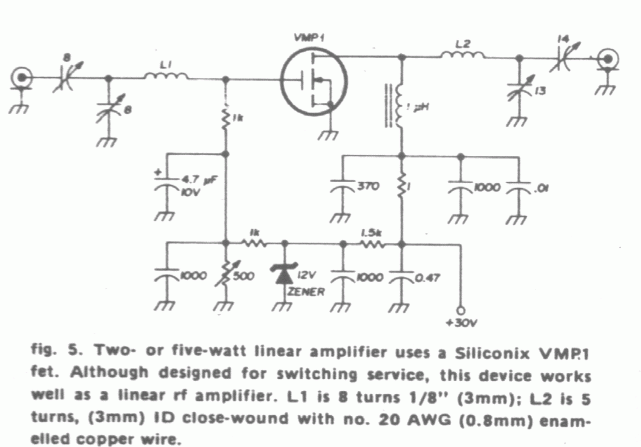
 WARNING: precautions must be used working with beryllium-oxide insulators.
Pulverized particles are poisonous if breathed.
WARNING: precautions must be used working with beryllium-oxide insulators.
Pulverized particles are poisonous if breathed.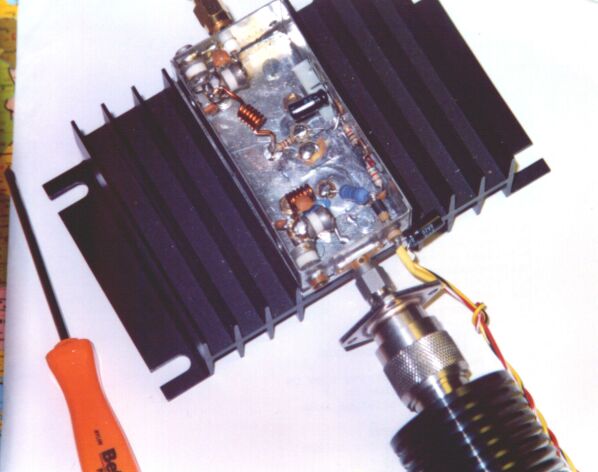

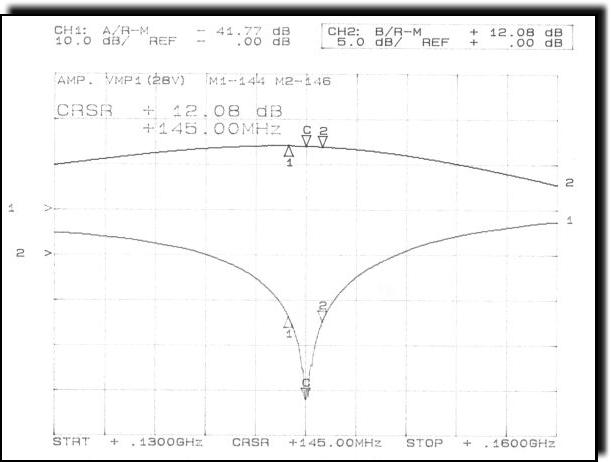
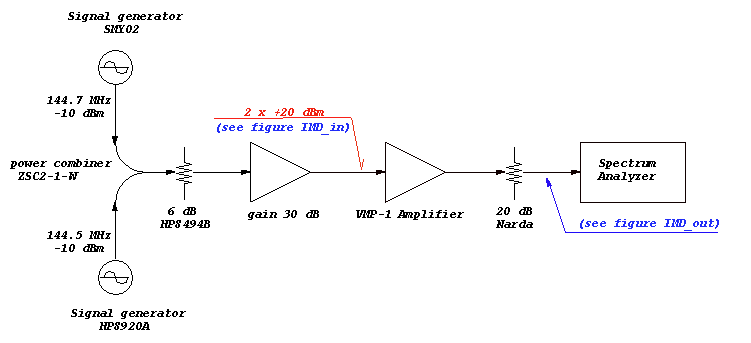
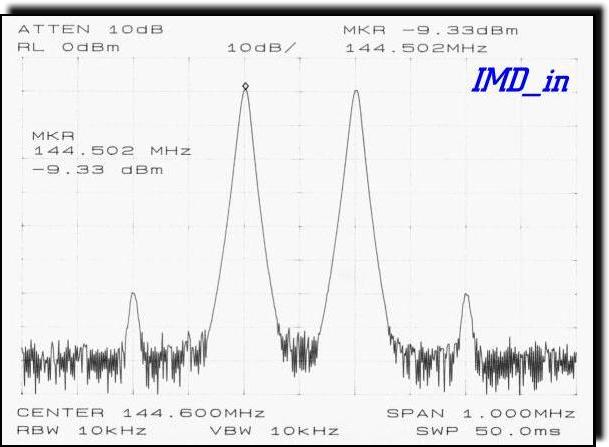
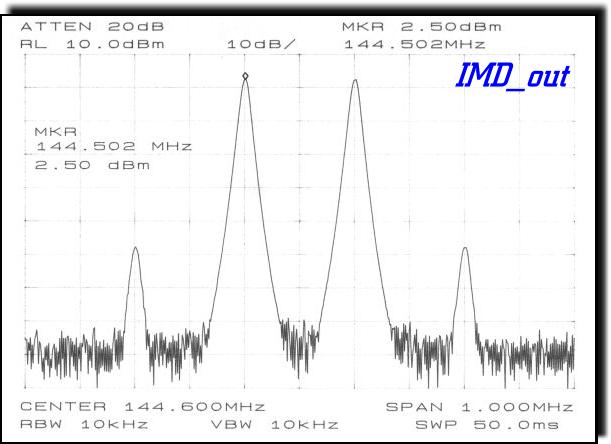
| Frequency [MHz] | Noise Figure [dB] | |
| 139 | 2.33 | |
| 140 | 2.32 | |
| 141 | 2.33 | |
| 142 | 2.34 | |
| 143 | 2.37 | |
| 144 | 2.41 | |
| 145 | 2.47 | |
| 146 | 2.53 |


 my e-mail address is
[email protected] my e-mail address is
[email protected] |
 Last Updated: 28 june 2001
Last Updated: 28 june 2001
|
|---|